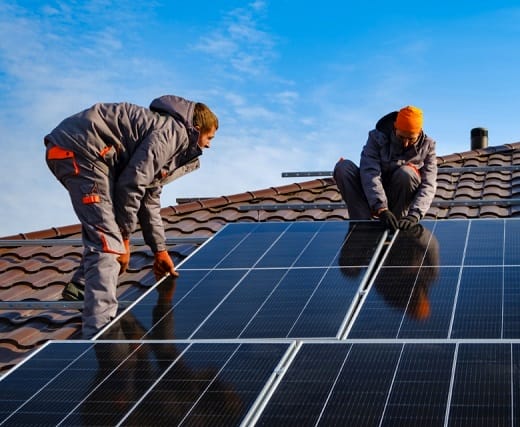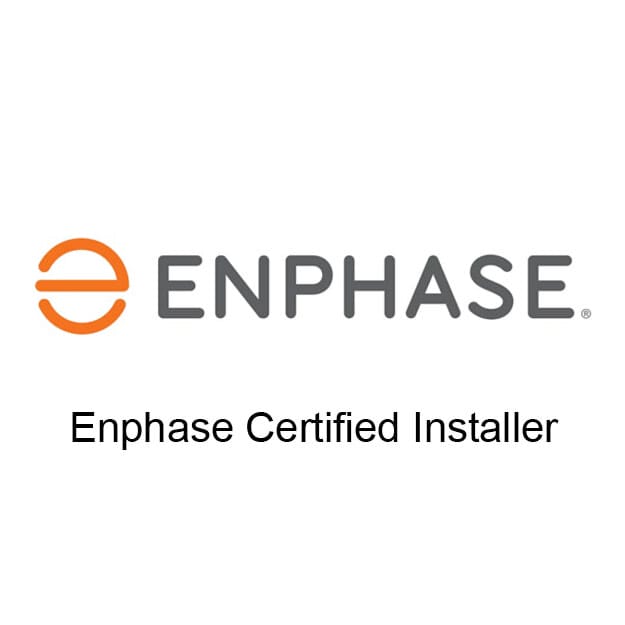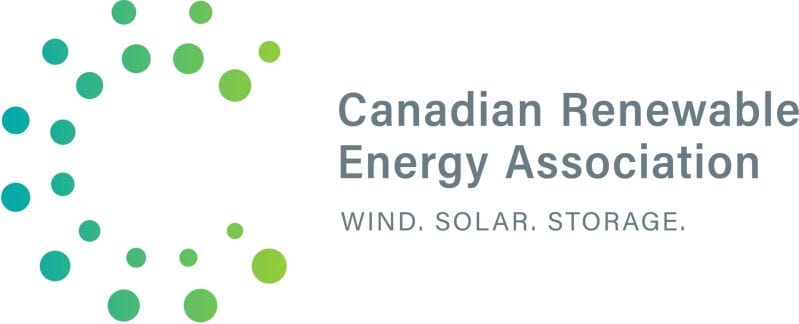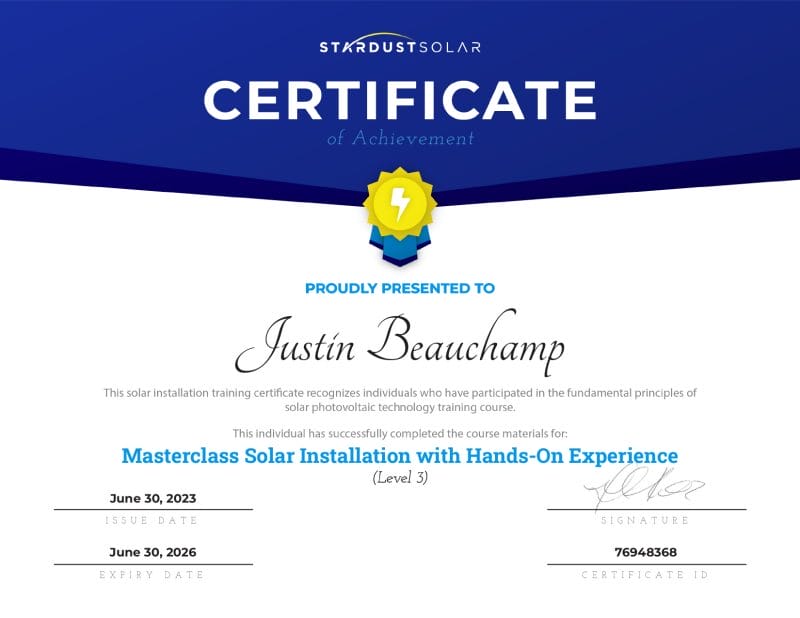Considering making the switch to solar energy? Installing solar panels on your roof system can be a smart and eco-friendly choice for your home. In this blog post, we’ll guide you through the process, explore the benefits, and break down its costs.
Why Choose Solar Panels for Your Roof?
Solar panels are designed to hold sun energy and convert it into electricity for your home. Below are some compelling reasons to consider solar panel installation:
Environmental Benefits
One of the solar panels’ most significant advantages is their positive environmental impact. Solar energy is renewable, so it doesn’t produce harmful greenhouse gases. Thus, you can minimize the carbon footprint and contribute to a more sustainable future.
Energy Independence
Solar panels provide you with greater energy independence. You become less reliant on your utility company by generating your electricity and potentially storing it in batteries. This can be beneficial during power outages or other emergencies when electricity is unavailable or unreliable.
Lower Energy Bills
Perhaps the most enticing benefit for homeowners is its significant savings on energy bills. Solar panels generate electricity, reducing the energy you need to purchase from your utility company. This can lead to substantial long-term savings.
Increased Property Value
Homes with installed solar panels sell faster and at higher prices than those without. Many buyers are looking for energy-efficient homes to save them money on energy bills. Additionally, homes with solar panels often have lower operating costs, which can increase selling prices.
How to Install Solar Panels on Your Roof
Step 1: Assessment and Planning
Before installing solar panels, assess your home’s energy needs and your roof’s suitability. Consider factors like your roof’s orientation, tilt, shading, and available space for panels. A professional solar installer can help you with this assessment.
Step 2: Choose Your Solar Panels
Choose the right solar panel system for your needs. Different types of solar panels are available, each with advantages and efficiency levels. Work with your installer to choose the ultimate option for your situation.
Step 3: Permits and Regulations
Check with your local community about the regulations for solar panel installation in your area. You need to obtain permits for this.
Step 4: Installation
Once you have the necessary permits, the installation process begins. Your solar panels will be securely mounted on your roof, and the wiring will be connected to your electrical system.
Step 5: Inspection and Connection
After installation, your local authorities or utility company need to inspect and approve the system. Once everything is in order, you can connect your solar panels to the electrical system.
Calculating the Costs
Thinking about going solar for your home? Before diving in, let’s break down the expenses and savings of installing a solar power system. We’ll start with the costs, including the initial investment, and then explore how much you can save with solar energy.
The Price of Solar Power Installation
You’ll need to invest in a solar power system to get started with solar power. The cost can vary widely, ranging from $3,500 to $16,000. Why such a big range? It depends on a few factors, like the size of the system you want and the type of solar panels you choose. No matter what, keep in mind that the most significant expense comes upfront when you purchase the equipment. The solar panels themselves are usually the most costly part.
There are some extra costs to consider too. You’ll need equipment like inverters, metering equipment, housing components, cables, and wiring gear. Some homeowners could even consider adding battery storage, although batteries were historically costly and not always necessary if the utility pays for extra electricity that goes into the grid. Don’t forget to factor in the installation labour costs.
Besides installation costs, there are ongoing expenses for operating and maintaining your solar array. Besides regularly cleaning the panels, you would need to replace inverters and batteries after several years.
Subsidies to Consider
Canada is making strides towards becoming a cleaner and more sustainable country by 2050, which means more opportunities for you to save money while going solar.
Canada’s federal government offers three solar incentives, two designed for commercial use and one for residential customers. They also provide investment tax credits for various clean energy sectors.
- The Greener Homes Rebate
- For Self-Employed or Commercial Use
- For Residential or Homeowners
- Clean Electricity Investment Tax Credit
Calculating Your Solar Energy Production
Let’s talk about how much energy your solar system will produce and when. This calculation can be complex, but we’ll stick to the basics.
One crucial factor is the amount of sunlight your location gets. Being closer to the equator is generally better, but other things matter too.
Your home’s orientation also plays a big role. South-facing roofs without shading from trees or objects maximize solar energy. If that’s not an option, you would need extra hardware and cables to mount panels away from the house.
Next, think about the system’s size. Solar panel size is measured in potential electrical output in watts. However, the actual output for installed systems—known as the capacity factor—usually ranges from 15% to 30% of the theoretical output. For instance, a 3-kilowatt-hour (kWh) system running at 15% capacity would produce around 3,942 kWh per year, roughly a third of the average U.S. household’s electricity consumption.
Calculating the Costs
You can use different methods to determine if solar power makes sense for you. One approach is the discounted cash flow (DCF) method, which evaluates costs upfront and savings over time. Another method is to calculate the levelized cost of electricity (LCOE) and compare it to your utility’s rates.
Find the Best Solar Panel Companies Today
Installing solar panels on roofs is a beneficial investment that can lower energy bills, reduce carbon footprint, increase property value, and provide energy independence. While the initial costs can seem daunting, government incentives and financing options can make it a more feasible and cost-effective choice for your home. Plus, you’ll contribute to a cleaner and more sustainable future for our planet.
Now, why wait? Discover the power of partnering with the leading solar company near you. Start exploring the possibilities of solar panel installation for your roof today.
Contact MAG Solar for a free consultation.

